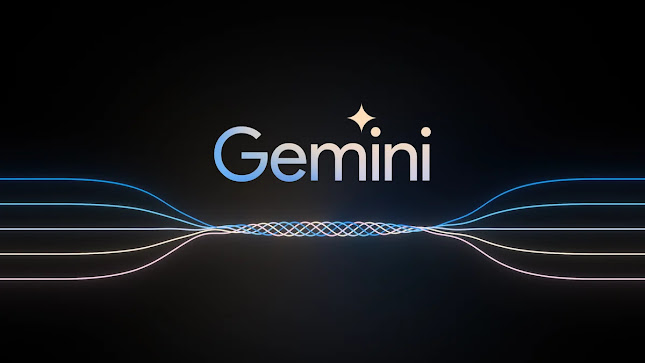Getting Started with Gemini API Using Python
Hello everyone!
In this blog post, we'll explore how to get started with Google's Gemini API using Python. We'll guide you through setting up your development environment, generating text responses, handling multimodal inputs, and using Gemini for multi-turn conversations. By the end of this post, you'll have a solid understanding of how to interact with various Gemini models using the API keys you created earlier.
Setting Up Your Environment
To begin, ensure you have created your API key following the steps in the previous post. If you haven't done so, please refer to the previous guide to create your API key.
We'll demonstrate this setup using Google Colab. Let's get started by setting up your development environment.
Step 1: Install the Necessary Libraries
First, we need to install the Google Generative AI package and other required libraries.
!pip install -q -U google-generative-aiStep 2: Import Libraries and Configure API Key
Next, we'll import the necessary libraries and configure the API key. We'll use the Google Colab's secret management to securely store and access the API key.
import os
from google.colab import auth, drive
import google.generativeai as genai
from IPython.display import display, Markdown
# Authenticate and set up the API key
auth.authenticate_user()
# Load the Google API key from the Colab secret manager
from google.colab import user_data
google_api_key = user_data.get('Google_API_Key')
# Configure the Generative AI with the API key
genai.configure(api_key=google_api_key)Exploring Gemini Models
Listing Available Models
Let's list the available Gemini models to see what we can work with.
models = genai.list_models()
for model in models:
if 'generate' in model['supported_generation_methods']:
print(model['name'])Generating Text Responses
We'll start by generating text responses using the Gemini models. Here’s how you can do it:
# Select the model
model_name = "gemini-pro-1.5"
# Generate text response
response = genai.generate_content(model=model_name, prompt="What is the meaning of life?")
print("Response:", response['text'])Generating Text from Multimodal Inputs
You can also generate text responses from multimodal inputs (both text and images). Here's an example:
# Download an example image
!curl -o image.jpg https://example.com/path-to-your-image.jpg
# Load and display the image
from PIL import Image
import matplotlib.pyplot as plt
image = Image.open("image.jpg")
plt.imshow(image)
plt.axis('off')
plt.show()
# Generate text response from the image
response = genai.generate_content(
model="gemini-pro-vision",
prompt="Describe this image.",
image="image.jpg"
)
print("Response:", response['text'])Using Gemini for Multi-Turn Conversations
You can use Gemini models for multi-turn conversations, which involves maintaining context across multiple interactions.
# Initialize conversation
conversation = genai.start_conversation(model="gemini-pro-1.5")
# Add turns to the conversation
conversation.add_turn(prompt="Hello, how are you?")
conversation.add_turn(prompt="Can you tell me a story?")
# Get the response
response = conversation.generate()
print("Response:", response['text'])Using Embeddings for Large Language Models
You can also use embeddings for handling large language models. This involves converting text into vector representations that can be used for various downstream tasks.
# Generate embeddings
embeddings = genai.generate_embeddings(model="gemini-pro-1.5", text="This is an example text.")
print("Embeddings:", embeddings)Conclusion
In this post, we demonstrated how to get started with Google's Gemini API using Python. We covered setting up the development environment, generating text responses, handling multimodal inputs, using the API for multi-turn conversations, and generating embeddings.
This foundational knowledge will help you build more complex projects using Gemini models. Stay tuned for more detailed tutorials and end-to-end projects.
Thank you for reading, and see you in the next post!




Comments
Post a Comment